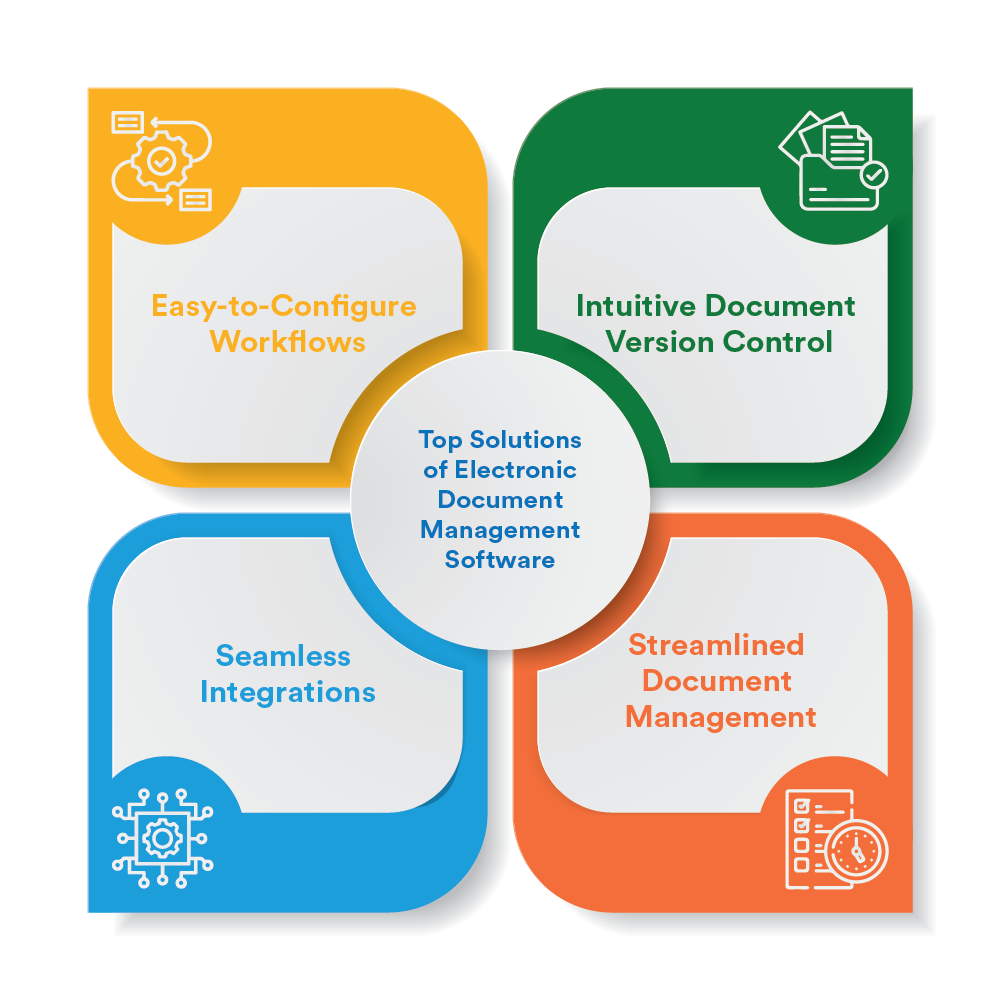The shift to remote work has dramatically reshaped industries, including the highly regulated sectors of life sciences and manufacturing. For companies in these industries, managing documentation efficiently while maintaining regulatory compliance is critical. The rise of Electronic Document Management Systems (EDMS) has become a cornerstone in overcoming the challenges associated with document management.
1. The Rise of Remote Work: Changing Document Management Needs
The surge in remote work, driven by the global pandemic and digital transformation, has made managing documents a significant challenge. Life sciences and manufacturing sectors, known for their extensive documentation requirements, have had to adapt quickly. Without an effective EDMS, remote teams often struggle to maintain version control, document accessibility, and regulatory compliance. The need for real-time access to documents, particularly in sectors like pharma where change control is crucial, has made implementing an EDMS a critical business decision.
Adapting to Regulatory Changes
As regulatory environments evolve, especially in pharma and medical device industries, companies face new challenges in maintaining compliance. The absence of a structured EDMS can lead to errors and delays, particularly in change control processes where document tracking and versioning are critical. An EDMS enables businesses to track and manage documents seamlessly, regardless of their team’s location.
2. Challenges of Remote Work for Change Control in Pharma
Change control in pharma is a critical process, particularly in industries like pharmaceuticals, where regulatory compliance is of utmost importance. Remote work introduces complexities, particularly around ensuring that change control in pharma processes are executed effectively. In the absence of an integrated EDMS, teams may struggle with miscommunication and lack of accountability. These challenges can lead to non-compliance, product delays, and even regulatory penalties, making efficient document management and streamlined change control processes vital in pharma operations.
Streamlining Change Control with EDMS
By leveraging an EDMS, companies can streamline their change control processes, ensuring that all necessary approvals, document changes, and communication are centralized. An EDMS ensures transparency in the change control process, allowing teams to track revisions and monitor compliance with ease. This is particularly important in the pharmaceutical sector, where stringent regulations require meticulous documentation.
3. Enhancing Collaboration through EDMS
For businesses in manufacturing and life sciences, collaboration is key to successful operations. Remote work has created a new set of challenges, especially in terms of collaboration on critical documents. The adoption of an EDMS addresses these challenges, allowing multiple teams to collaborate on documents in real time.
Real-Time Document Access for Change Management
Change management systems are central to ensuring smooth transitions and updates within organizations. The ability to access documents in real-time, regardless of location, enhances collaboration and ensures that change management processes are not hindered by geographical limitations. With an EDMS in place, stakeholders can review and approve changes seamlessly.
4. Ensuring Compliance in a Remote Work Environment
Regulatory compliance is a key concern for industries like pharma and medical devices. Managing compliance in a remote setting can be difficult without the right tools. EDMS solutions are designed to ensure that compliance documentation is updated, maintained, and readily accessible to all necessary parties.
Supporting Compliance in Change Control
In pharmaceutical manufacturing, change control is essential for ensuring that products meet regulatory standards. An EDMS helps ensure that all documentation related to changes is properly stored and accessible for audits or regulatory reviews. By integrating EDMS with change management systems, companies can ensure that compliance is maintained even as teams work remotely.
5. The Role of EDMS in Quality Assurance
Quality assurance teams rely heavily on documentation to ensure products meet regulatory and quality standards. Remote work has challenged traditional documentation practices, especially in managing quality control and change management documentation. An EDMS ensures that quality assurance teams have instant access to the latest documents, allowing for better decision-making and faster response times.
Improving Documentation Accuracy with EDMS
Accurate and up-to-date documentation is critical for ensuring quality in manufacturing and life sciences. EDMS solutions reduce the risk of human error, improve traceability, and ensure that the latest documents are always accessible to the team, helping to mitigate risks associated with non-compliance and product quality issues.
6. How Remote Work Has Accelerated the Need for Change Management Systems
Change management is already a complex process in regulated industries. With remote work, this complexity increases as teams are dispersed across different locations. Ensuring that all changes are properly documented and communicated becomes difficult without the right tools. An EDMS integrated with a change management system streamlines the entire process.
Centralized Documentation for Change Management
An EDMS ensures that all documentation related to change management is centralized and easily accessible, improving communication and coordination among remote teams. This is especially important for companies in pharma, where managing changes is not just a process but a regulatory requirement.
7. The Future of Document Management in a Hybrid Work Environment
As the workforce shifts toward hybrid work models, the need for advanced document management solutions like EDMS continues to grow. Companies in life sciences and manufacturing must prepare for the future by investing in technologies that enhance remote collaboration, compliance, and document security.
Hybrid Work and the Role of EDMS in Change Control
Change control processes in hybrid work environments need to be flexible and efficient. EDMS allows teams to manage change requests and approvals from anywhere, ensuring that processes continue smoothly regardless of team members' locations.
Conclusion
In today’s fast-evolving regulatory landscape, companies in life sciences and manufacturing need more than just a basic document management system. ComplianceQuest’s EDMS is designed to meet the unique needs of industries where compliance and quality are paramount. By integrating EDMS with change control and change management systems, ComplianceQuest helps businesses maintain compliance, improve collaboration, and streamline document management processes. As the world moves toward more remote and hybrid work environments, having a robust system like ComplianceQuest is essential for staying competitive and compliant in 2024 and beyond.





Comments